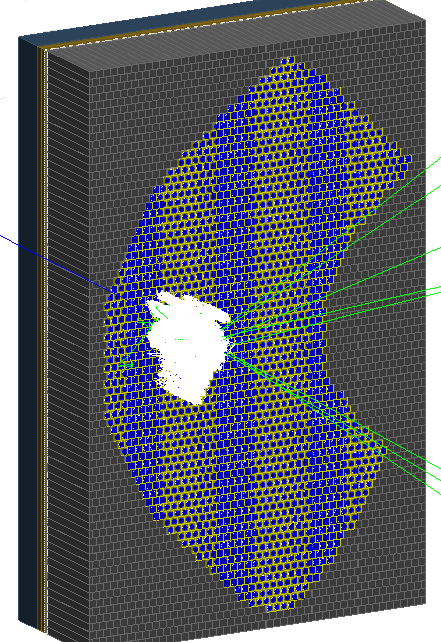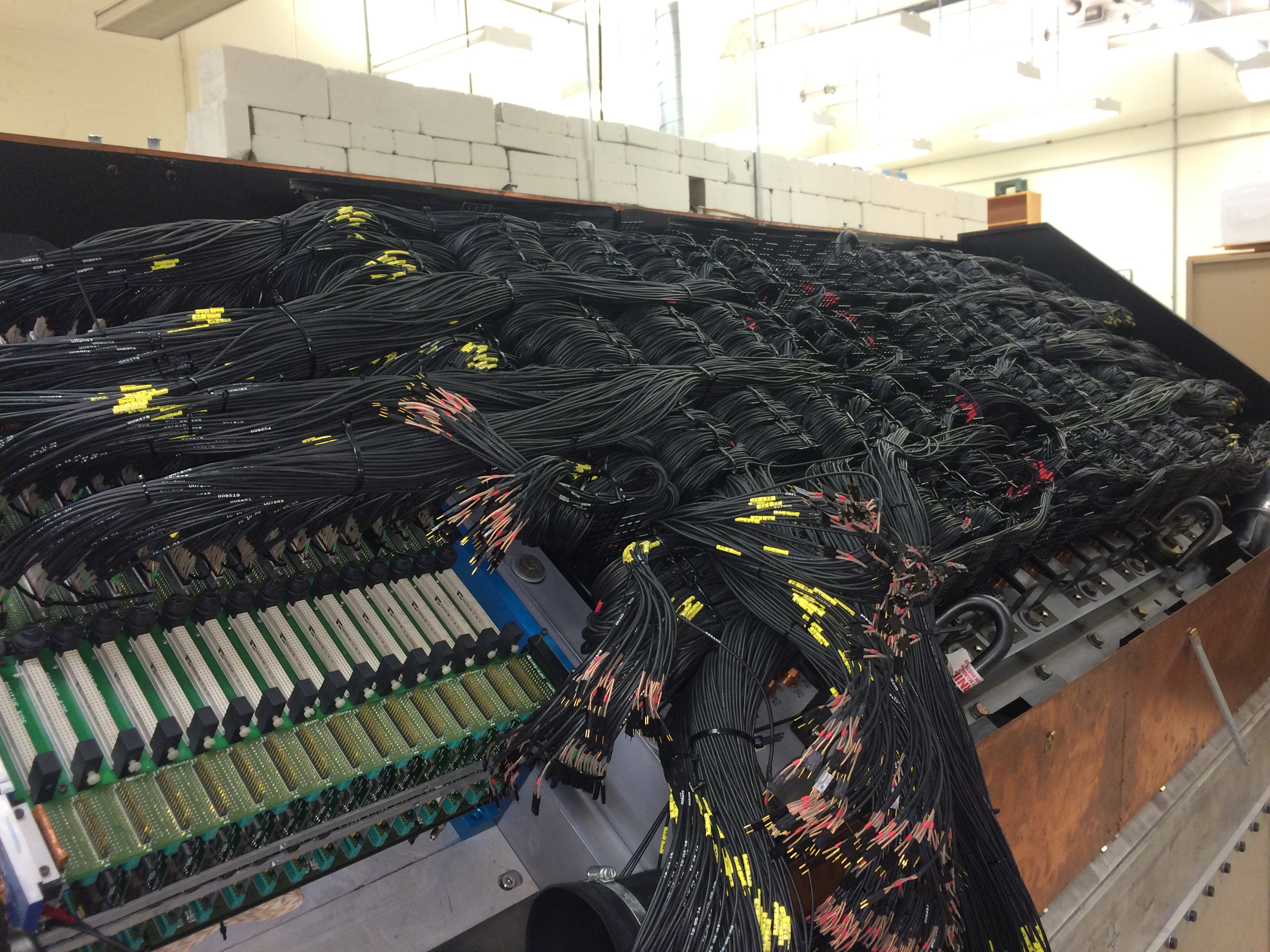About
I defended my thesis in January of 2019, but I will not be updating the contents below. Here is a link to my thesis if interested. - R.F.O. - 2019-09-14
I am a nuclear/particle physics Ph.D. candidate stationed at Jefferson Laboratory in Newport News, VA. The research analysis required computational and programming skills that I wanted to acquire. In order to quickly learn, I started working on often physics-inspired projects during my spare time, and eventually developed a new passion. The purpose of this site is to organize all my side-projects for my own satisfaction, and for any one else that may find the projects interesting. The programming language of choice is typically C++ (sometimes Python or Java), and I make heavy use of the bare-bones multimedia library SFML in addition to CERN's scientific framework ROOT for statistical tools, e.g. plotting, fit functions, and probability distributions. All algorithms including visualization and user-interaction are my own implementation unless explicitly stated otherwise. While other higher level tools exist, I chose to do it this way for my own education and curiosity. The list of projects may be found here.
Ph.D. Research

The overwhelming majority of visible matter is composed of nucleons (protons and neutrons) making it arguably the most important strongly interacting system to study. Nature's most prominent particle may naively be thought of as a composite object built out of three non-interacting sub-objects, known as quarks, in the large energy limit; however, the structure of the nucleon is much more complicated, and consequently far richer, than a simple valence-quark picture. There are sea quarks in addition to valence quarks that interact strongly via the exchange of gluons resulting in a complex vacuum structure, and all of which must collectively give rise to the observed properties of the nucleon, e.g. the radius and mass. The nucleon is the most well-studied hadron and yet there are still unresolved complexities in the calculations of basic properties; this represents a central problem in nuclear physics. The theoretical difficulty with the nucleon requires intensive experimentation, which is steadily increasing our knowledge of hadron structure and the strong interaction. My research revolves around utilizing fundamental scattering interactions to probe the structure in order to contribute towards a complete understanding.
Misc. Photos
